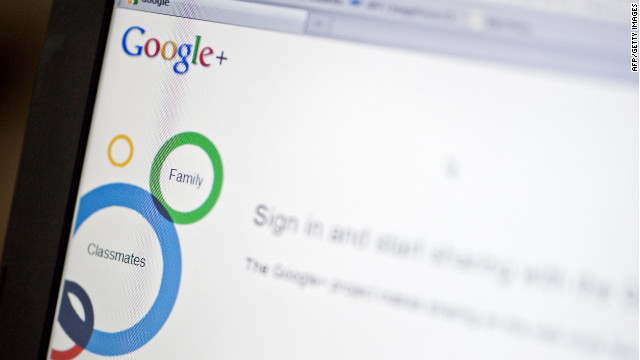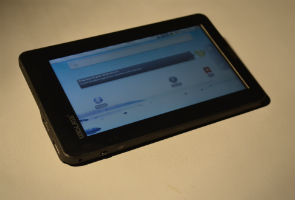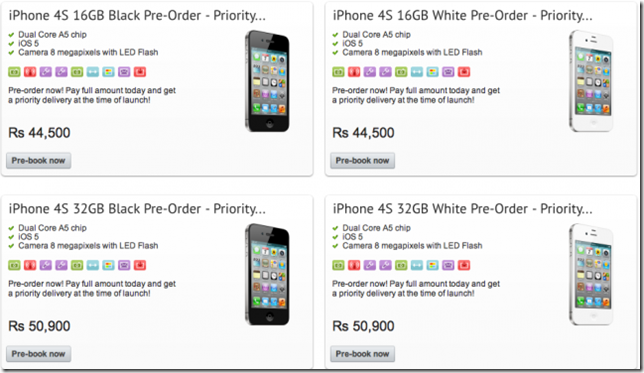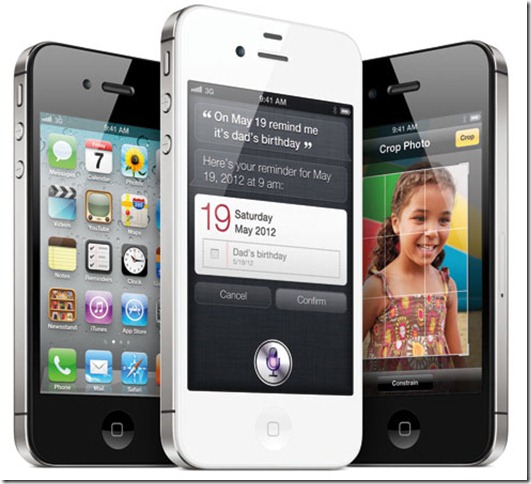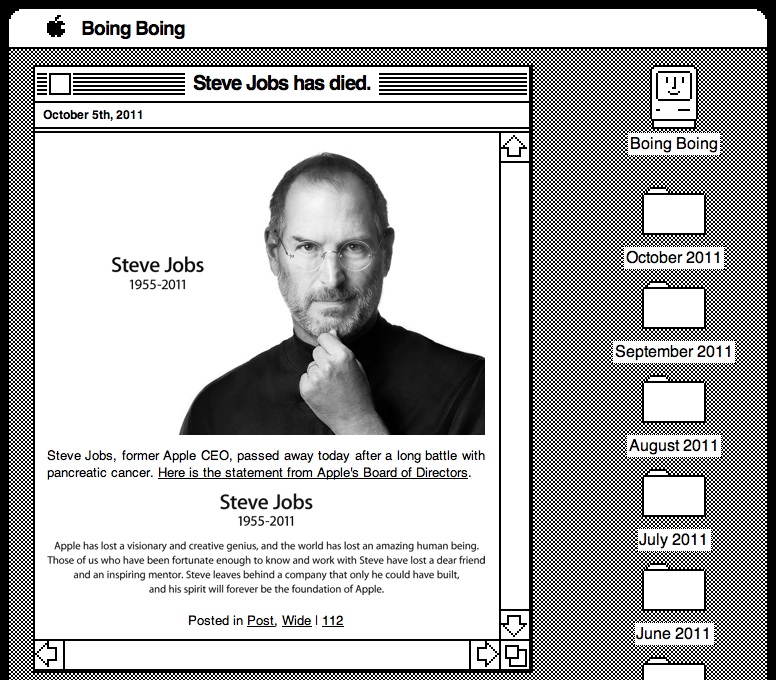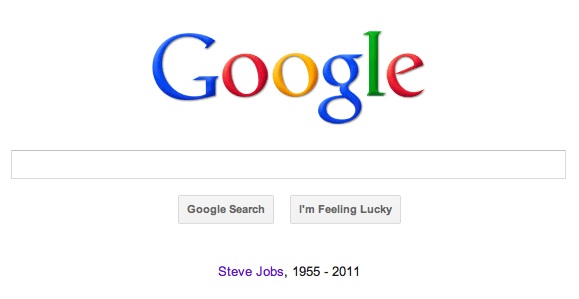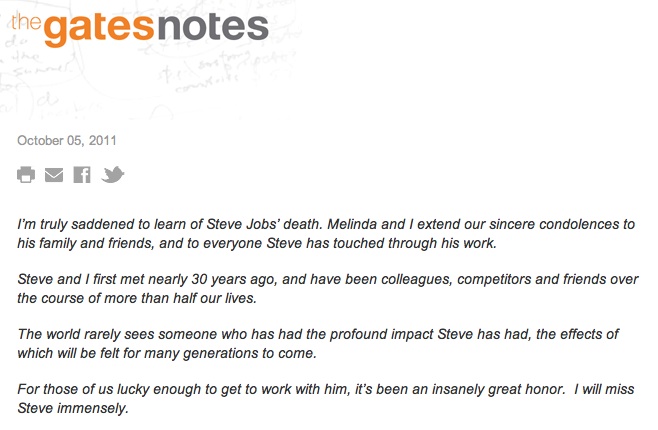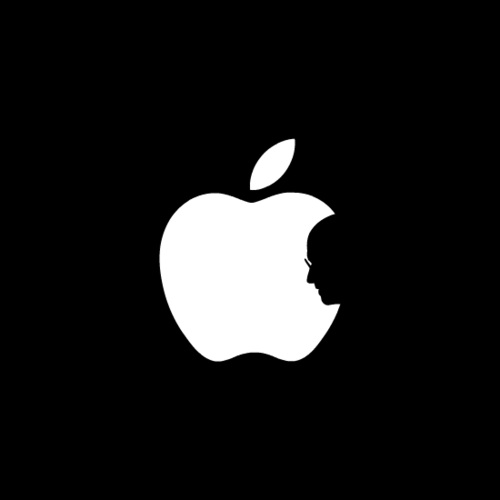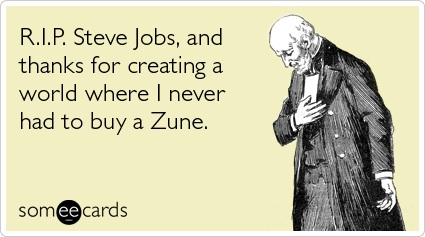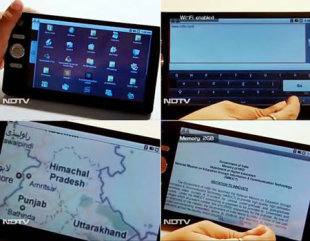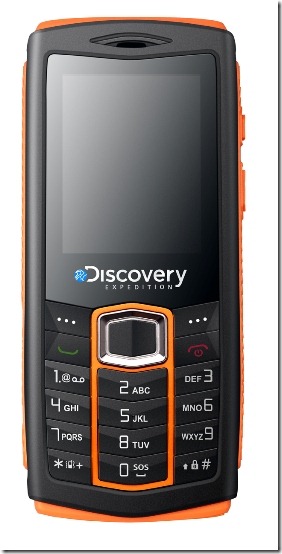Launch of Street View in Thailand met with enthusiasm, in contrast to obstacles elsewhere

Cameras that capture 360-degree views to
collect panoramic images are seen along Negro River in the heart of the
Brazilian Amazon Basin August 17, 2011.
Google rushed out its panoramic Street View maps in Thailand on
Friday as part of the country's efforts to show tourist hot spots have
recovered from last year's floods.
But it also marked something of a change of fortunes for Google
itself, which has weathered several storms in Asia over its mapping
products.
Google rolled out 360-degree images of the streets of Bangkok, the
resort island of Phuket and the northern city of Chiang Mai. Street View
allows users to click through a seamless view of streets via the
company's Google Maps website.
Google plans to use a tricycle-mounted camera to photograph places
that can't be reached by car, such as parks and monuments. The Tourism
Authority of Thailand will launch a poll to choose which sites to
photograph first.
"We really want to show that Thailand isn't still underwater," said
David Marx, Google's Tokyo-based communications manager. "People should
see Thailand for what it is."
Pongrit Abhijatapong, marketing information technology officer at the
Tourism Authority of Thailand, said it was less about showing that
Thailand was back to normal.
"Rather, we hope tourists can see with their own eyes what Thailand
is like. Street View will help their decision-making process in a
positive way in regards to visiting Thailand."
Google has not always been able to count on such enthusiasm elsewhere
in Asia, illustrating the challenges the company has faced besides
high-profile spats with China over privacy and India over removing
offensive content.
While Google has faced issues globally — most recently over its
changes to its user privacy policy — Google's efforts to map and
photograph streets across Asia have encountered cultural, political and
security obstacles.
In Japan, for example, Google was required to reshoot its street
level photos in 12 cities in 2009 after complaints the 360-degree
camera, set atop a vehicle plying Japan's narrow streets, was
photographing the insides of people's homes.
And in South Korea its Seoul offices were raided in 2010 after police
discovered that the Street View vehicle was not just taking photos but
also capturing data over Wi-Fi networks.
BALANCING
In India, Google's plans to capture street-level images of Bangalore
were blocked by Indian police in 2011. Google says it is in discussions
with the Indian government "on ways to move forward."
Marx pointed out that Street View had been rolled out without
problems elsewhere in Asia, including Hong Kong, Macau, and Singapore,
and is about to begin photographing Malaysia.
The cases in Japan and Korea have been resolved, Marx said, and Street View was now live and popular in both countries.
Indeed, Marx said Street View now covered much of Japan, including
far-flung islands. In addition, Google captured street-level images of
the area hit by the tsunami as part of an initiative to chronicle the
devastation and reconstruction.
"Japan," he said, "has become one of the global highlights of Street View."
But issues remain in both countries. Japan's Ministry of Internal
Affairs and Communications has since warned Google to comply with the
country's privacy laws. That included a notice in November instructing
Google to delete data collected from Wi-Fi networks.
In South Korea, prosecutors said their investigations were only
temporarily suspended after failing to gain access to some Google staff
involved in the matter.
To be sure, the issues Google faces are not exclusively Asia-related.
But many of the problems over its mapping applications have been.
While it chose to risk China's ire by pulling its search operation
out of China over a censorship dispute in 2010, in other cases in Asia
it has danced carefully between local laws and sensibilities, and not
compromising its own position.
Take Google Maps, for example, which is the mapping service that Google users access through a web browser or their phone.
To comply with laws in India and China, which require all published
maps to hew to the host country's official borders, Google has created
different versions - one for those accessing Google Maps inside India,
one for those in China and another for the rest of the world.
OFFSHOOT
Stefan Geens, a Belgian consultant who tracks the political
dimensions of Google's mapping services at his blog ogleearth.com, says
that given the size of both markets Google had little choice.
But Geens, the recipient of a Google grant to research international
law and remote sensing technologies, said it also had to take into
account the feelings of local staff in both countries.
"Google doesn't have to answer just to the Indian government, but
also to its employees, when they do stuff which might offend Chinese or
Indian sensibilities," he said.
Google's multiple version may have allowed Google Maps to be launched in those countries, but it has not quieted all criticism.
Cambodia has complained about the depiction of its disputed border
with Thailand, while Vietnam has complained about depiction of its
maritime claims in the South China Sea, which overlap with China and
other countries. Google says the latter is down to Vietnamese Internet
users viewing the Chinese version of Google Maps.
In India, protests have been more voluble and less easy to brush off.
Over the past few years media and MPs have been outraged about the
delineation of the China-India border on Google Earth and Google Maps,
most recently earlier this month when a newspaper in northeast India ran
a banner headline reporting that Google Earth was showing parts of the
state of Assam as being part of China.
Most of these cases, Geens says, are either due to mistakes by Google
or users looking at the wrong maps. Where locals are quick to see a
conspiracy, he says, it's more often "an honest mistake on the part of
Google."
Google has had more PR success with an offshoot of Google Maps
dreamed up by two of its engineers in India. Frustrated that parts of
the country were inadequately covered by the product, they developed a
tool to allow users to fill in the holes.
Submissions are then reviewed before being added to Google Maps
itself. Called Map Maker, fans include the Pakistan army, which used it
to update their maps after floods swept away local infrastructure in
2010.
But Map Maker's appeal has been limited by criticism that any data
contributed is proprietary, compared with open source projects such as
OpenStreetMap.
On Monday, the World Bank, which announced in January that Google had
allowed it privileged access to Map Maker for its disaster relief
efforts, responded to criticism that it was using a closed system by
stressing that it was not using Map Maker to create new data, but as
another source of data.
Google's launch of Street View in Thailand, therefore, is a chance
for Google to highlight a trouble-free partnership with a government in a
country it views as a surprisingly strong market.
Google says that use has grown significantly there, and that it is
now one of the biggest users in the world of the live traffic feature on
Google Maps — unsurprising, perhaps, given the capital's traffic jams.
Thailand is not the first Asian country to embrace Street View but
its request that the launch be brought forward was unusual, Google's
Marx said. Although Google had already started photographing before the
floods hit, they completed the project within six months after the
government's request. Thailand, said Marx, "is an outlier in a good
way."





